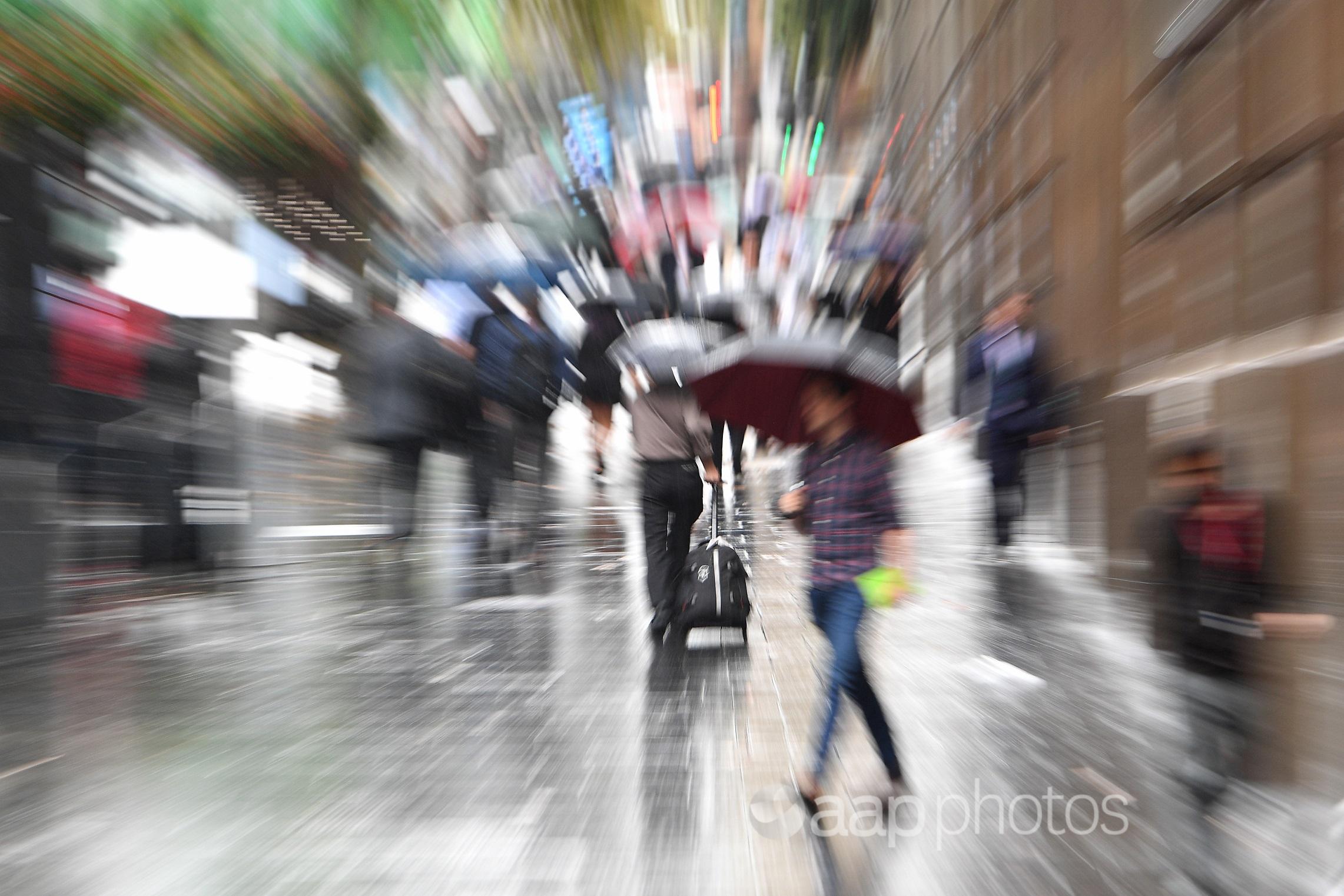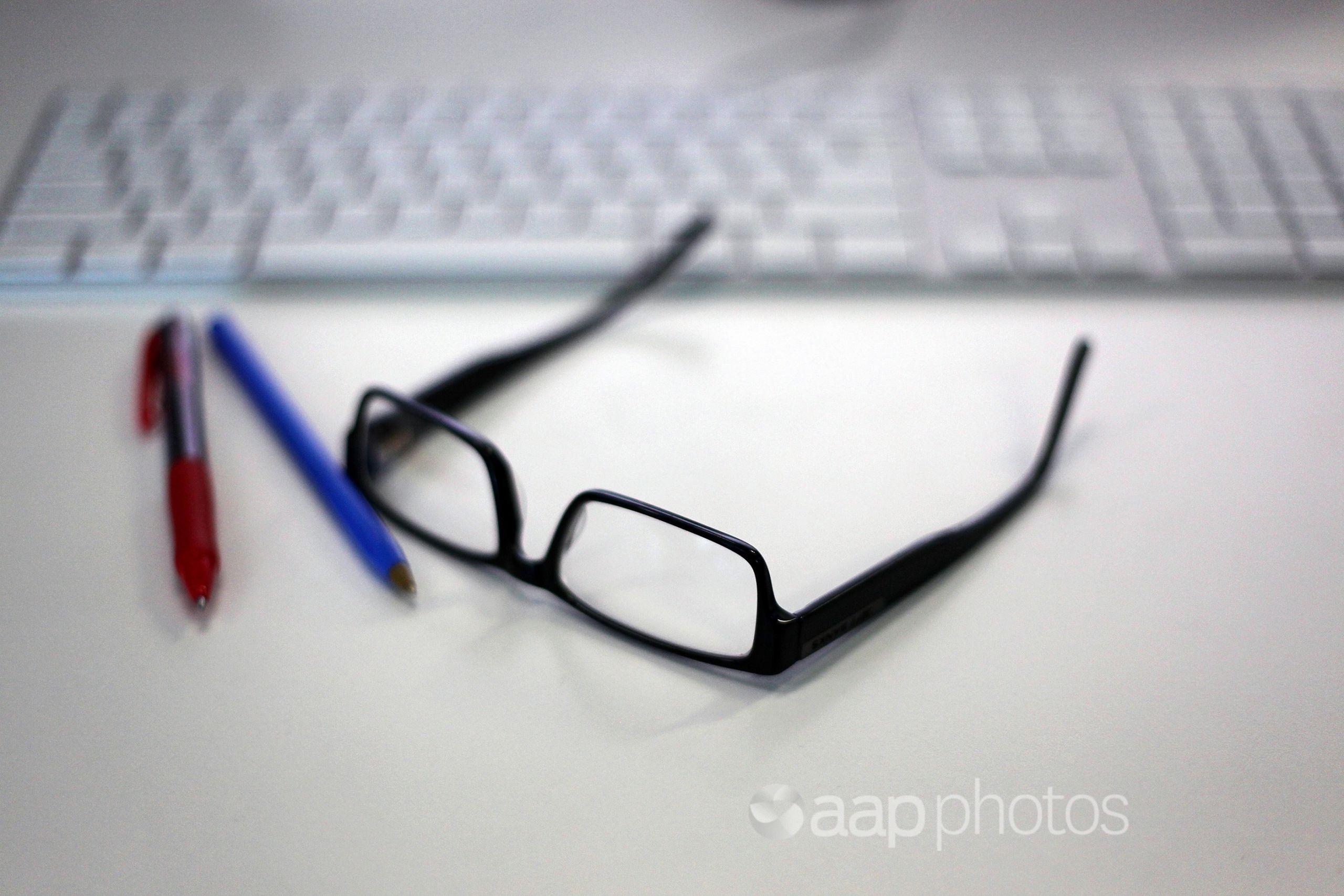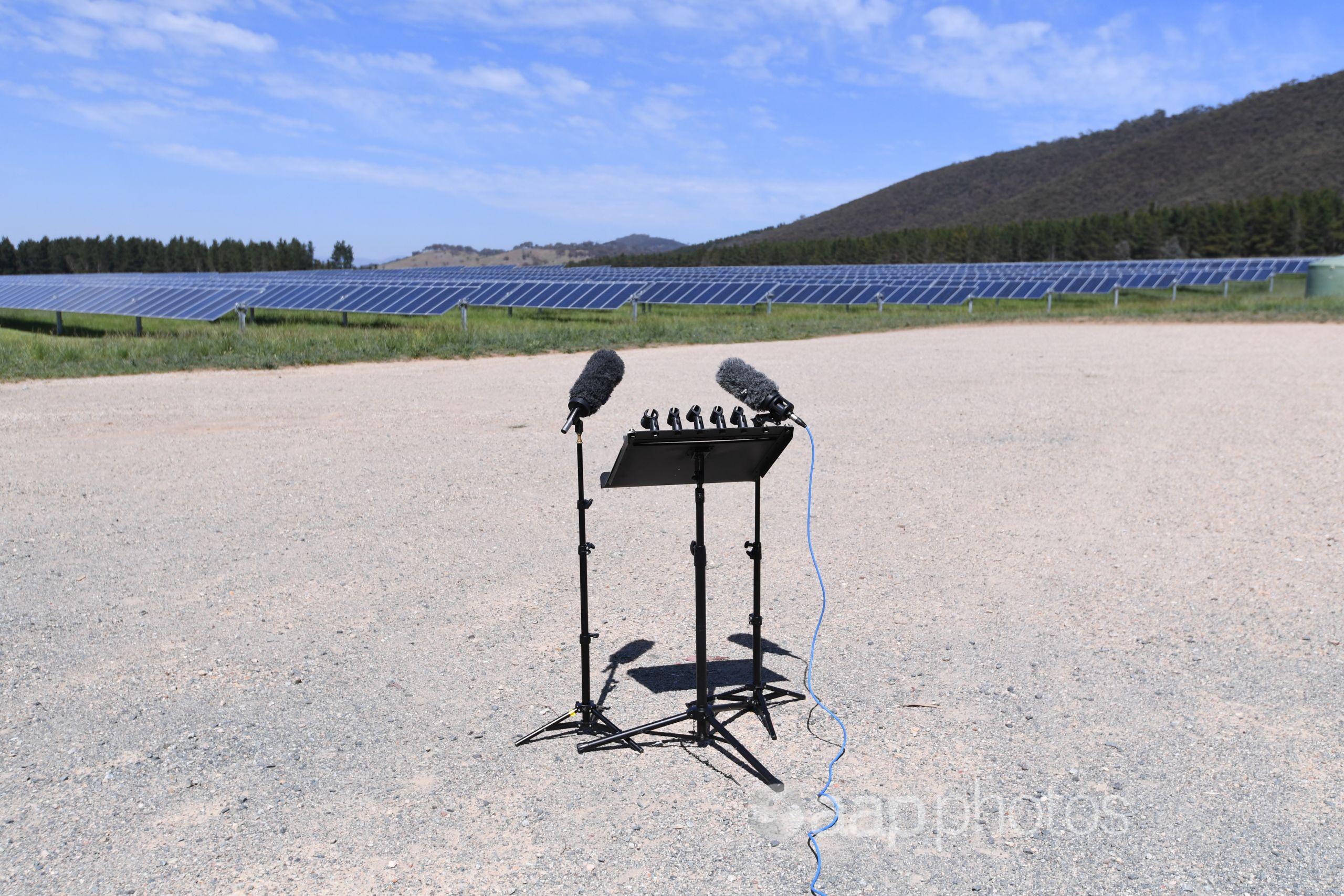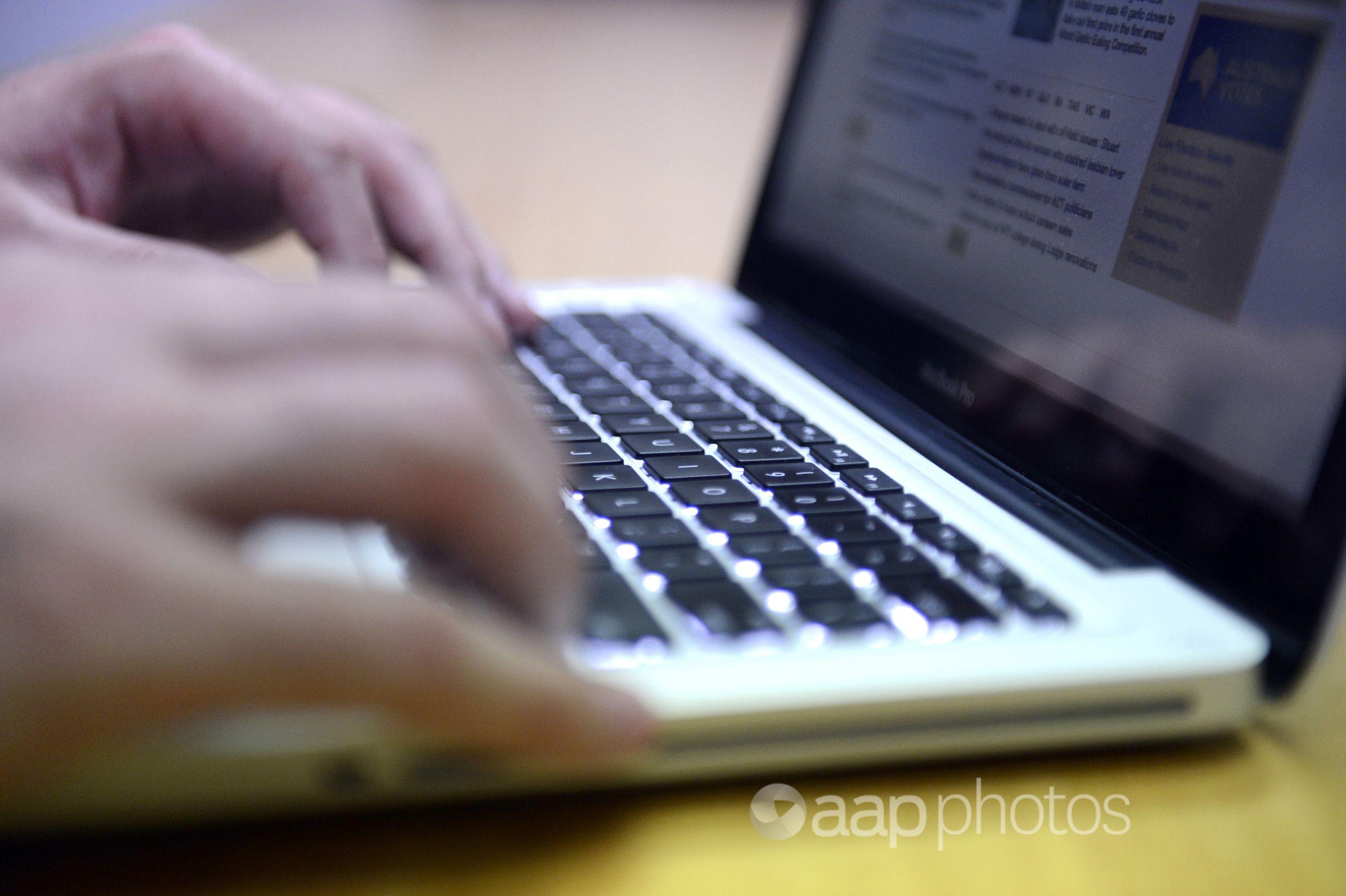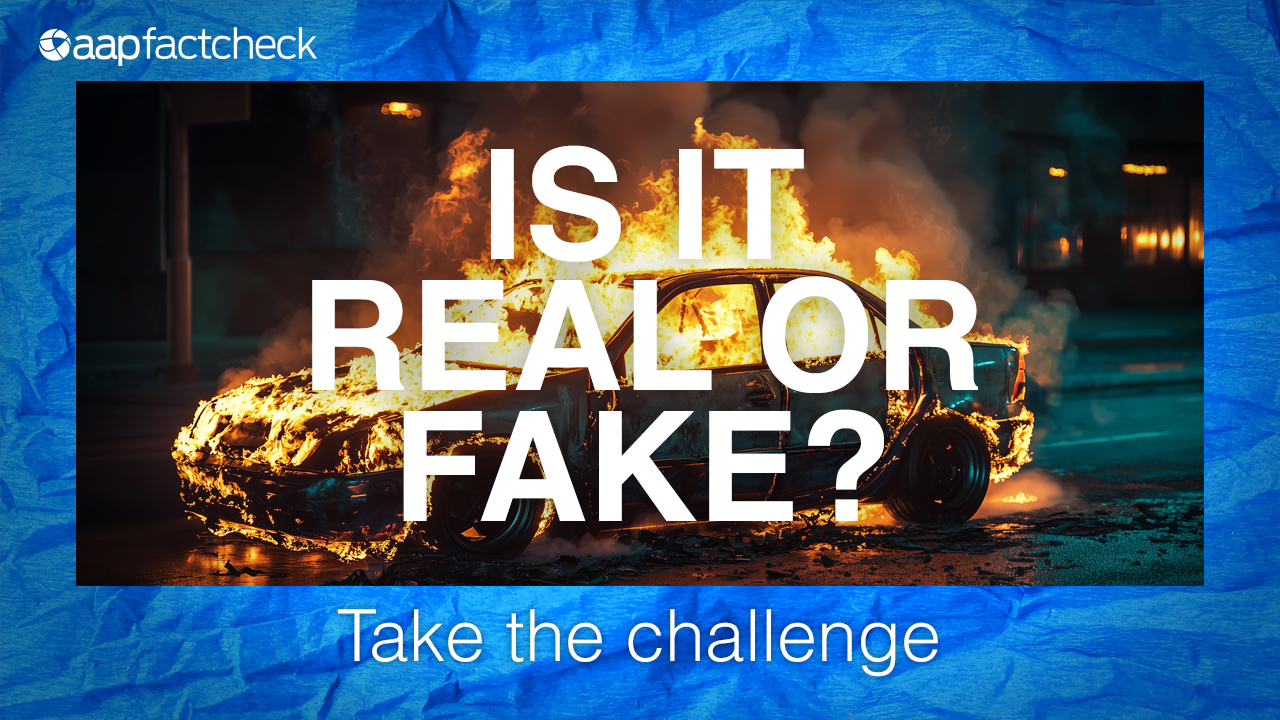AAP FactCheck provides factual, authoritative information Australians can rely on. Accredited with the Poynter Institute's International Fact-Checking Network and adhering to the highest industry standards, our experienced team works to minimise the impact of misinformation.
Misinformation and disinformation are pervasive and can be difficult to spot. However, building the skills to recognise reliable information doesn't have to be complicated. With the support of Meta, AAP FactCheck has borrowed from the basics of professional fact-checking to create resource materials designed to help you sort the facts from the fakes.
Build Your Fact-Checking Skills
How to spot AI-based visual disinformation
As AI-generated content becomes increasingly sophisticated and harder to detect, the risk of disinformation rises. This article offers practical tips for spotting AI-generated images, videos, and audio, empowering you to critically assess content and avoid falling victim to false or misleading information.
Read more
How We Check the Facts
AAP FactCheck arose in response to the rise of misinformation and in recognition of the real-world dangers it can pose. We reveal our processes and share ways you can Check The Facts.
Read more
What is misinformation and how can media literacy combat it?
Deciding what information to trust can be a complicated task. Associate Professor Tanya Notley and Doctor T.J. Thomson, experts in media literacy, unpack how critical thinking can help.
Read more
How do you know what information sources to trust?
Professional fact-checkers often begin their process by asking three basic questions. You can use this same approach to help make decisions about who, or what, information you can trust.
Read more
How do you fact-check real photographs and videos?
Photographs can provide an engaging and seemingly concrete account of events. However, being too trusting of pictures can make us vulnerable to visual misinformation. We examine ways photographs can mislead and deceive, and how to avoid being tricked.
Read more
Watch Our Campaign Videos
Stay in touch
AAP FactCheck

- Information you can trust
- Written by trained, experienced journalists using authoritative sources
- Accredited by the International Fact-Checking Network (IFCN)
AAP Photos

- Award-winning Australian Photography
- Editorial or Commercial use
- Subscriptions or one-off licences
Image buyers from all industries rely on AAP Photos. A digital treasure trove of content depicting Australian life, our fully-searchable database contains millions of images from around the country and around the world.
AAPNews

- News delivered to your inbox
- Trusted, reliable and accurate
- Corporate and individual packages available
AAPNews delivers newswire content direct to the public. Choose from a number of subscription models to not only gain access to high-quality fact-based news on your desktop or mobile device, but also to show your support for Australia's only not-for-profit newswire.
Newsroom

- The wire – up to the minute news at your fingertips
- Feeds delivered to your CMS
- Agenda – AAP’s planning and events tool
Get the news feed your organisation needs, with AAP offering extensive coverage of news, courts, politics, sports, finance and the arts. Take advantage of AAP’s partner content to get the international news that matters to your business, with news feeds delivered via multiple channels including API and FTP.
Donate Now
WHY
AAP is Australia's only independent newswire service, delivering stories and images around the country and around the world every day. By supporting AAP with your contribution you are backing a team of dedicated, objective journalists to continue this work. Thank you.
Donations over $2 are tax deductible.




